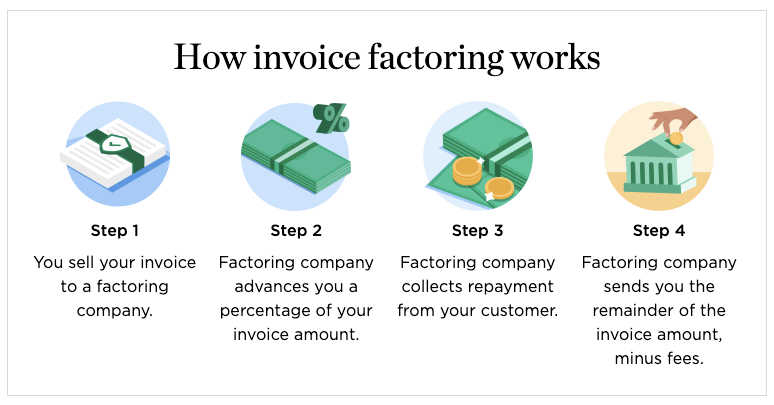How Invoice Factoring Works
Invoice factoring is a straightforward process where a business transfers its accounts receivable, either partially or completely, to a factoring company in exchange for quick cash. Here’s a simple breakdown of how it works:
First, you continue to provide goods or services to your customers just as you normally would. After delivering your product or service, you issue invoices to your customers for the amounts owed.
Next, instead of waiting for your customers to pay these invoices, you sell them to a factoring company. The factoring company will advance you a large portion of the invoice value right away, usually around 80-90%, once they have verified the invoices’ legitimacy.

When you are looking for business financing, either from a traditional bank or from an alternative lender, you cannot have any UCC liens against your company that has a pledge to your accounts. If you have a current loan that has an all asset lien on your company, you will not be able to factor your invoices, unless the current lien holder subordinates their UCC position to the factoring company. If they are not willing to subordinate their UCC position, the only other way to sell your receivables is if the factoring company buys out the current lien holder. To find out if there are any UCC filed against your company you can simply do a Google Search “UCC Search” and type in your state; this should bring you to the Secretary of State’s Website where you can in most states do a free lien search.

